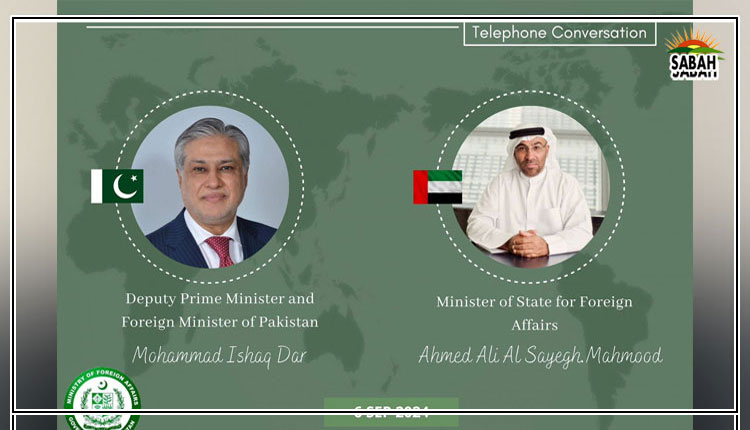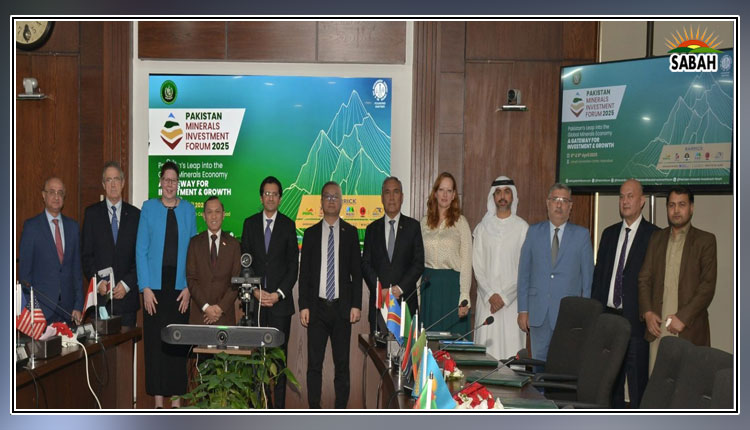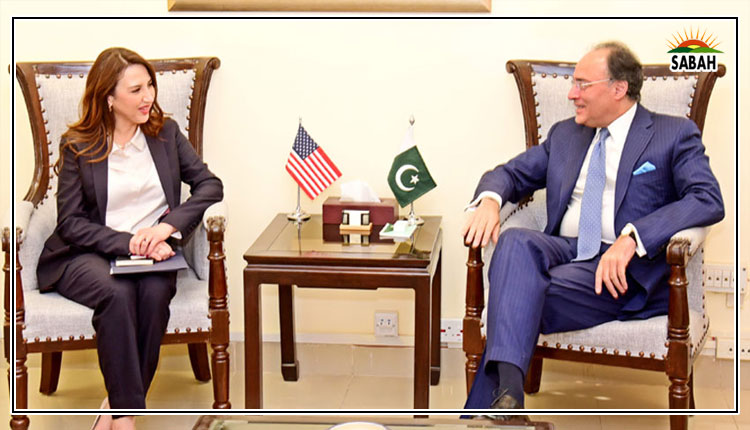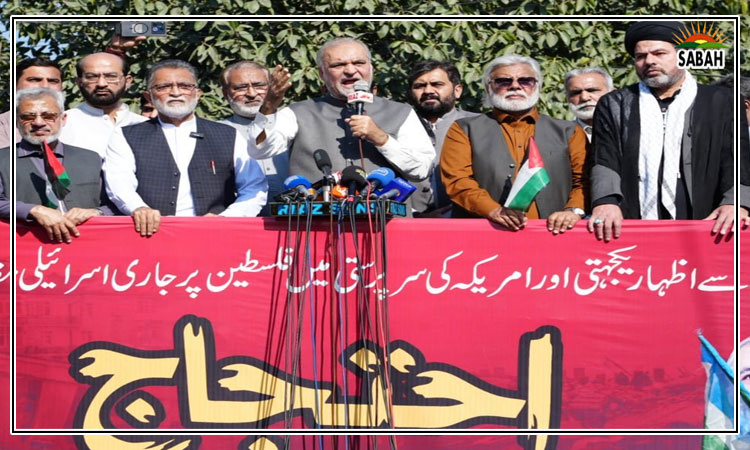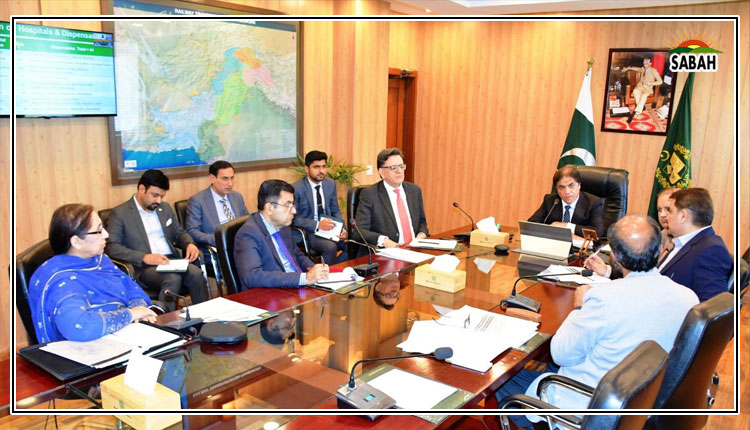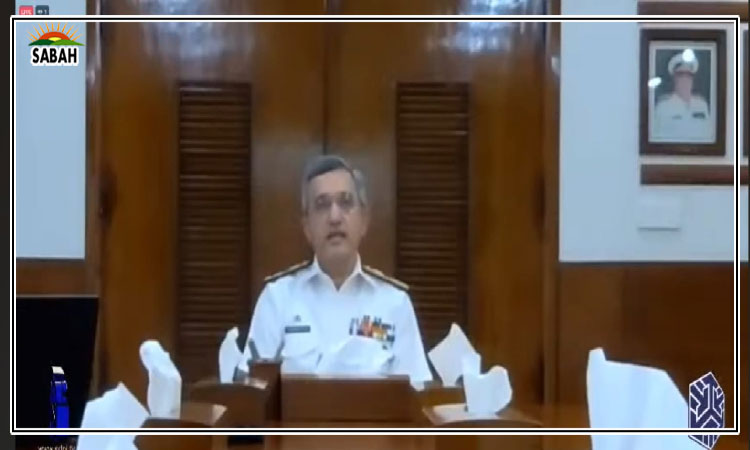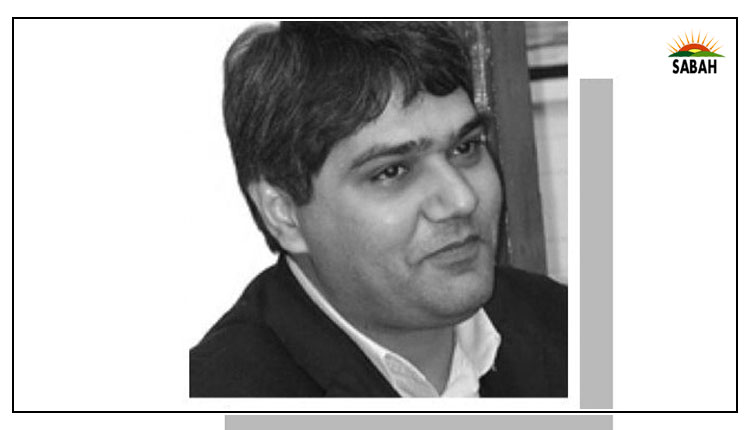PTI versus TLP….Muhammad Amir Rana
The May 9 riots will keep haunting the countrys political landscape for a long time. The investigation into what transpired and led to riots and acts of sabotage following the PTI chiefs arrest requires time, an objective and scientific analysis, and detachment from any political prejudices. As the aftermath of the tragedy is still unfolding, a better approach will be to also scrutinise similar incidents that happened in the recent past and how the state dealt with them.
A foremost and recent case is that of the Tehreek-i-Labbaik Pakistan, a religious-political group that took the politics of vandalism to new heights. Just two years earlier, the TLP had taken to the roads and streets of the major cities to force the government to implement its commitment regarding the expulsion of the French ambassador from the country. The police and paramilitary forces failed to control the fanatic elements. Hard-pressed by the TLP onslaught, the government decided to remove the names of several TLP leaders, including Saad Rizvi, from a terrorism watch list, and to annul the groups proscribed status. Before granting legitimacy to the group, the government had banned the TLP, declaring it an internal security threat and a bad omen for Pakistans international image.
Interestingly, Imran Khans government had inked an agreement with the TLP, providing it relief. The security institutions were evidently on board in making the decision, as the TLP leaders claimed in their public sermons. During his tenure, the PTI chief considered religious organisations like the TLP his real opposition and tried hard to establish the religious credentials of his own party through religious sloganeering and a few half-baked policy initiatives. He was a direct witness to how the state had tolerated religious groups. Despite these groups involvement in acts of sabotage and attacks on security forces, and giving a bad name to the country, they were not completely abandoned.
Perhaps this factor contributed to the construction of Khans political strategy. Initially the blue-eyed boy of the establishment and willing to serve it even after his expulsion from the government, he might have thought that TLP-styled vandalism could force it to initiate a dialogue with him. If this was the case, he committed a blunder. He ignored that although the PTI was using a religious touch for political purposes as all other political parties did in the past, it did not transform his party into a religious group that the establishment would trust.
PTI should analyse why a mainstream political party cannot capture a religious groups turf.
Ironically, when he took his aggressive stance to an extreme, almost all banned organisations and the TLP took to the streets to protest. The TLP announced a save Pakistan march against the PTI, while an alliance of sectarian and banned organisations, the Difa-i-Pakistan Council, became active overnight against the PTI and announced a one-agenda movement to pre-empt conspiracies allegedly hatched by politicians to hurt the countrys national interest.
These religious groups have political usage for the state, and the latter uses them as it wants, and in return, these groups gain breathing space to save their political economy. These groups never compromise on their narratives based on religious hatred, and ultimately nurture extremism. While exploiting the power of their toxic narratives, they remain in search of avenues where they can become independent. This is like a game, which has been going on for decades, and it is the design of the state that the institutions cannot go against religious groups after a certain limit. It is different from political parties as the latter can share power with the establishment to a certain extent. Economy, governance and foreign relations are so interlinked that eventually disagreement surfaces between the civilian governments and the establishment.
The PTI head could not evaluate the inherent distinctions between the TLP and TTP and took his anti-establishment narrative to a level at par with Khadim Rizvis religious hatred-based narrative. The state institutions had lifted the ban on the TLP, but were a ban to be imposed on the PTI it would be a long struggle for the party to gain legitimacy in the eyes of the establishment. After using a minimum level of vandalism, almost all mainstream political parties have reached the consensus that a peaceful struggle and dialogue are the way out for the survival of the national political landscape. Political parties have learned the art of dealing with the establishment and hardly go against it. If unavoidable clashes erupt, the political elites are clever enough to make a deal at a certain level to protect their interests.
In their predictions of a post-PTI political landscape, a factor that worries some analysts is the youth associated with the party. Though several aspects are to be considered, young PTI supporters may behave like the political workers of nationalist parties and the PPP. Except for a few exceptions, they will not be inclined to join the TTP or TLP. PTIs support base is diverse, and not limited to the salaried or middle class anymore; low-income groups support may be divided among political parties and religious groups, but a delusional class exists.
Political haze and self-censorship may halt one from thinking clearly, but the PTI may not have been completely ousted from future political projections. The party did what it did and cannot reverse what is happening to it now. The establishment will not forgive the May 9 incidents, but Khan should analyse why a mainstream political party cannot capture the turf of a religious group. Religious groups are entrenched in the construct of the power elite, which is using them for several purposes. The turf for political parties is different. The politics of hate cannot be justified, but popular political parties use religious, ethnic and racial rhetoric for political gains. However, if they fail to deliver, they fail the party, but religious and other divisions continue to exist.
The writer is a security analyst.
Courtesy Dawn, June 4th, 2023


